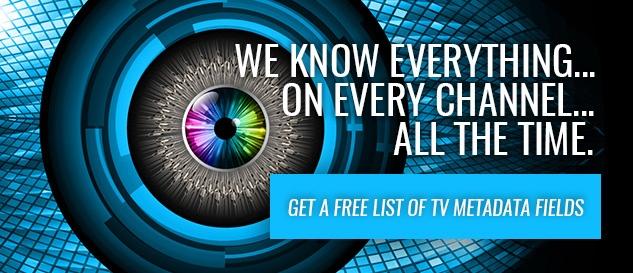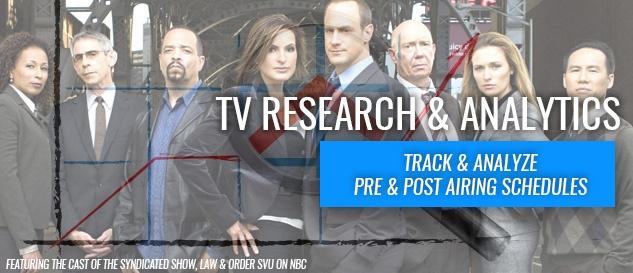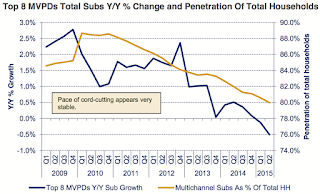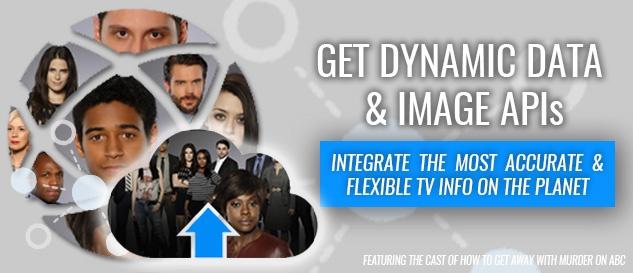It’s the end of August, which means all across the country
students are converging on college campuses, preparing to attend classes and
cheer on their school’s teams in an array of fierce sporting competitions,
including basketball, football and more.
Meanwhile, university alumni and college athletics fans are
also primed for the new season to begin.
And when these students and devotees are viewing their favorite event on a television or second-screen device, they’re expecting accurate, up-to-date information about the athletes, teams and venues.
Thus it can be slightly jarring when some entertainment metadata vendors offer sports data that is ancient, error-riddled and deprecated.
And when these students and devotees are viewing their favorite event on a television or second-screen device, they’re expecting accurate, up-to-date information about the athletes, teams and venues.
Thus it can be slightly jarring when some entertainment metadata vendors offer sports data that is ancient, error-riddled and deprecated.
According to this
metadata supplier, BYU “seniors” Terence Brown and JJ Di Luigi, who graduated
in 2011, will be playing football.
Description of @BYUfootball #ESPNALLACCESS #ESPNU a little outdated. #Xfinity @gregwrubell pic.twitter.com/A7PAFMckeK
— Donald Lee (@patodonald80) October 16, 2014
This entry for a current University of Wyoming-SMU matchup references the abilities of Wyoming Cowboys Ugo Udezue (class of ’02) and Anthony Blakes (class of ’00, and guard for the Harlem Globetrotters). Both men last played college basketball well over a decade ago.
Setting the DVR ahead of time for some future film analysis. This info tease for SMU-UW a little outdated yeah? pic.twitter.com/4ZQ3fgd6e7
— Pokes Authority (@PokesAuthority) November 24, 2014
But the decaying data doesn’t stop there. Again, a metadata provider’s information for a game is from more than six years ago, in which “junior guards” Malcolm Delaney (now a professional in a Russian league) and Talor Battle (now a professional in an Israeli league) are discussed.
Yikes. @comcast's guide is about 6 years off... pic.twitter.com/qpXwv6BOZ9
— Michael A. Higgins (@MikeHiggzPSU) December 3, 2014
Other times, a data vendor might simply give up on what sports information is necessary.
Why make a definitive choice when you can just guess? @comcast @XFINITY pic.twitter.com/aSK7Zi4OsV
— Chris Ventura (@_chrishero) April 18, 2015
When selecting a metadata provider for your sports needs,
make sure you’re choosing one with up-to-date team information, as well as current game summaries and related image content. Otherwise, there’s a fairly large risk of misinforming viewers
and overall embarrassment.
Author: Brian Cameron
Image via Shutterstock.
Image via Shutterstock.






















Post a Comment